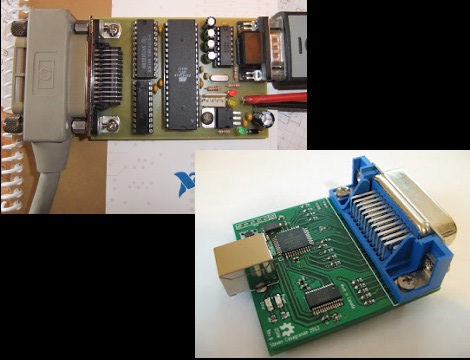
What do you have to do to win best of show at an R/C event in Toledo? Build a 7 foot long fire breathing radio controlled dragon of course! [Rick Hamel] stuffed his electronics, a turbine engine, a kerosene tank, and a stun gun into a home built body shaped like a dragon. You can see a few construction pics that show how he is able to steer. It looks like it flies just like any r/c airplane. This one, however could burn down a village and keep going. Check out the videos after the break to see it flying and testing out its fire breathing mechanism.










Recent Comments